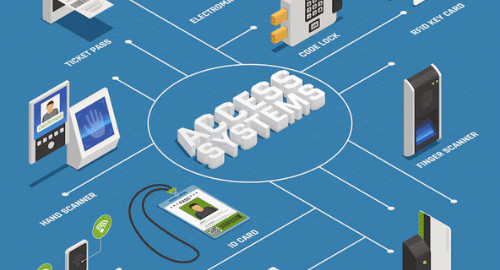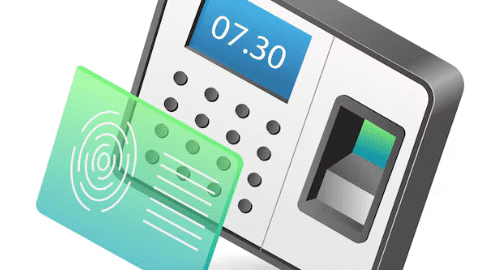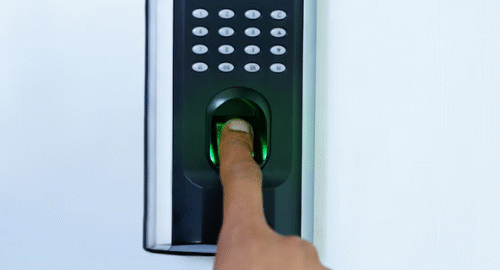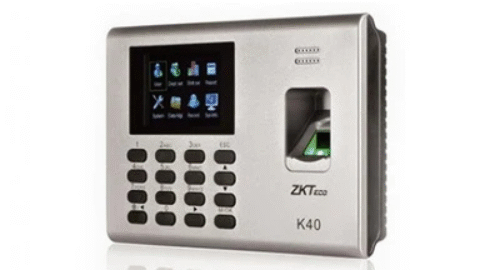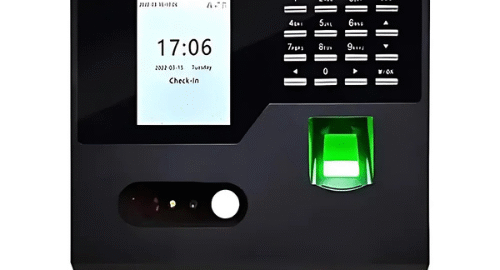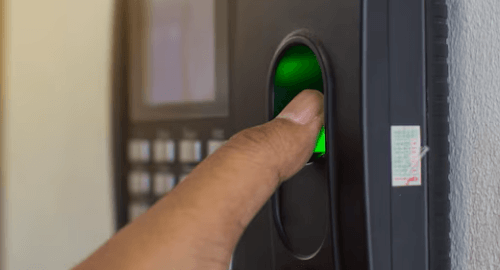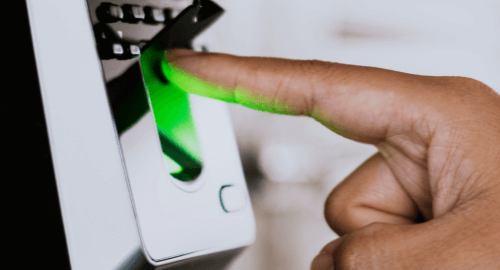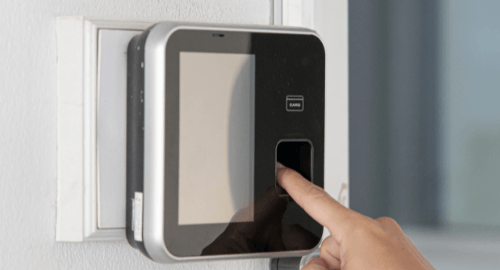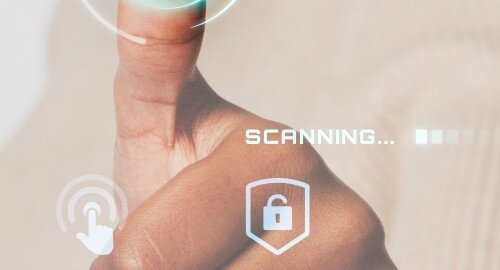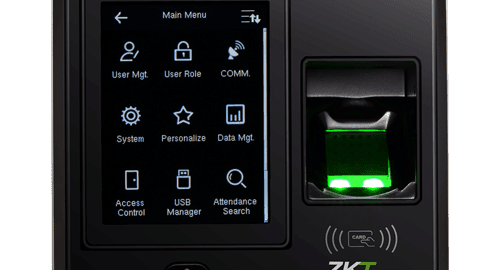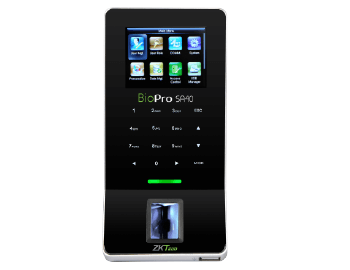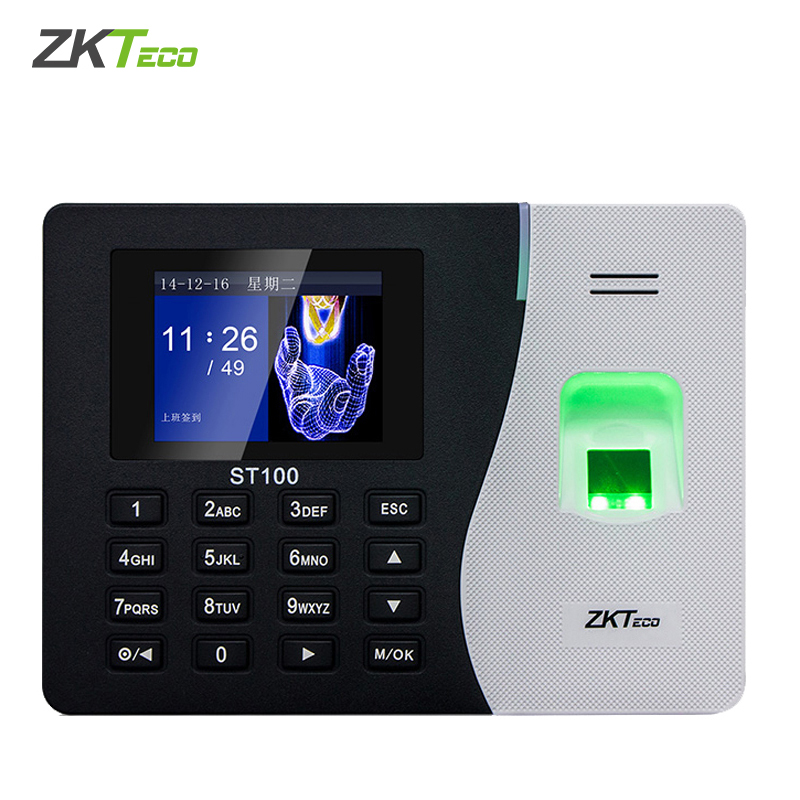
Identity verification and security are major problems in a society that is becoming more and more digital. Passwords and PINs, which are common forms of access control, have been shown to be susceptible to fraud and hacking. The need for stronger, more dependable authentication techniques has increased as a result. Due to this demand, biometric attendance systems and technology have advanced, revolutionizing access control while also creating new opportunities for data analysis.
The Beginnings of Access Control
Access control has long been a crucial component of human civilization. The objective has been constant throughout history, from guards posted at the entrances of ancient towns to the use of keys and locks in more modern times, only allowing people with the proper authorization to access specified areas or resources.
However, as technology developed, conventional access control techniques started to reveal their shortcomings. Passwords could be stolen, shared, or easily forgotten. PINs can be watched or deciphered. It was obvious that a new strategy was required in a world where better standards of convenience and security were expected.
Changing the Game with Biometrics
Access control has been revolutionized by biometrics, the measurement and statistical analysis of each individual’s distinctive physical and behavioral features. Biometric Attendance System, as opposed to conventional methods, promised almost perfect identification verification and attendance tracking. Your fingerprint, iris pattern, and face traits are all uniquely yours and extremely difficult to copy or steal.
Simple fingerprint readers were the first biometric access control devices to be used, and they were common in high-security settings like government buildings and research institutes. However, biometrics started to appear in regular applications as technology improved and costs dropped.
Beyond Fingerprint: The Rise of Multimodal Biometrics
Although the use of fingerprint readers and fingerprint recognition was a tremendous advance, the biometric revolution continued. Many systems started employing many biometric modalities at once to increase security further. Multimodal biometrics is a method that combines different biometric information, including behavioral patterns, speech, facial, and facial recognition, as well as fingerprints.
For instance, to add a layer of authentication, certain cutting-edge security systems combine fingerprint and facial recognition. This makes it more challenging for unauthorized people to acquire access because they would have to impersonate several biometric traits at once.
Biometrics in Data Analysis
As biometric technology developed, it found uses far outside of access control. The use of it in predictive modeling and data analysis was one of the most intriguing advances.
Healthcare
The use of biometrics has revolutionized patient care in the healthcare sector. Biometric authentication can now be used to securely access electronic health records (EHRs), guaranteeing that only qualified healthcare providers have access to private patient data. The monitoring of a patient’s vital signs and the provision of early warnings of prospective health problems are other uses for biometrics.
Finance and Banking
In order to increase security and reduce fraud, the banking industry has also embraced biometrics. Secure consumer verification during online transactions can be accomplished using biometric data, such as facial recognition. By doing so, the likelihood of fraud is decreased, and the customer experience is improved.
Law Enforcement
When conducting criminal investigations, law enforcement authorities use biometrics. For instance, fingerprint databases provide precise and speedy suspect identification. The use of facial recognition technology can help find missing people and apprehend offenders.
Retail and marketing
Biometric analysis has benefitted even marketing and retail. Retailers may better plan their store layouts and product placement by using facial recognition to monitor customer behavior inside their establishments. This data-driven strategy raises sales while enhancing the shopping experience.
Conclusion
Biometric technology has come a long way, from its roots in access control to its current function in data analysis. It has changed how we protect our digital lives and created new opportunities across a range of sectors.
One thing is certain as we look to the future: biometrics and biometric attendance systems will continue to play a significant role in determining how we manage access and analyze data in our increasingly interconnected society.

